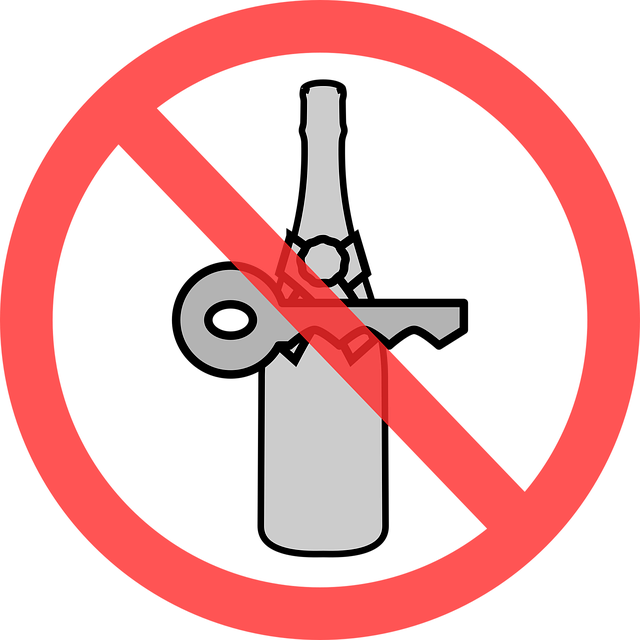In rural communities, Rural Community DUI Prevention is crucial due to lower population densities and limited law enforcement resources, which make it harder to enforce laws against Property Damage DUI (PDDUI). Effective strategies include increased patrols, community education programs, collaborative efforts between authorities, emergency services, and residents. Leveraging technology for driver surveillance and promoting responsible drinking culture can significantly reduce property damage caused by DUIs in these areas. Comprehensive approaches involve public awareness campaigns, school-based programs, alternative transportation options, and stringent law enforcement.
In rural communities, property damage caused by drunk driving (DUI) presents a unique and pressing challenge. This article explores the multifaceted issue of Property Damage DUI Liability, delving into its impact on vulnerable rural areas and offering insights into effective prevention strategies. We analyze current approaches to mitigate DUI-related property damage in remote locations, focusing on tailored solutions that cater to the specific needs and constraints of rural communities. By understanding these dynamics, we can foster safer, more resilient rural environments.
- Understanding Property Damage DUI Liability in Rural Communities
- The Impact on Rural Areas: A Closer Look at Prevention Strategies
- Effective Approaches to Reduce DUI-Related Property Damage in Remote Locations
Understanding Property Damage DUI Liability in Rural Communities

In rural communities, Property Damage DUI Liability presents unique challenges due to lower population densities and often limited law enforcement resources. The lack of dense urban infrastructure means fewer witnesses to drunk driving incidents, making it harder to enforce laws and secure convictions. This can result in higher rates of property damage caused by intoxicated individuals, from crashing vehicles into homes or public buildings to causing mischief with no immediate witnesses.
Rural Community DUI Prevention strategies must therefore focus on proactive measures such as increased patrols, community education programs, and collaborative efforts between local law enforcement, emergency services, and residents. Given the vast areas and dispersed populations, leveraging technology for driver surveillance and promoting responsible drinking culture through local initiatives can significantly reduce property damage related to DUIs in these communities.
The Impact on Rural Areas: A Closer Look at Prevention Strategies

In rural areas, the impact of Property Damage DUI (PDDUI) incidents is uniquely profound due to the generally lower population densities and more dispersed communities. These regions often lack adequate infrastructure for immediate response and rehabilitation, making the consequences of such incidents more severe. The isolation and longer response times can lead to increased property damage and potential threats to public safety.
Preventing PPDUI in rural communities requires a multi-faceted approach. Emphasizing public education on the dangers of drinking and driving is crucial, with tailored campaigns that resonate with local populations. Implementing stricter enforcement strategies, including increased patrols and rapid response teams, can deter potential DUI offenders. Additionally, investing in alternative transportation options, such as designated driver programs or ride-sharing services, can provide safe alternatives for those who choose to indulge in alcohol consumption.
Effective Approaches to Reduce DUI-Related Property Damage in Remote Locations

In rural communities, where remote locations and low population densities are common, mitigating DUI-related property damage requires tailored strategies. One effective approach is to strengthen community engagement and education programs that highlight the dangers of driving under the influence. These initiatives can include public awareness campaigns, school-based programs, and collaborative efforts with local businesses to promote designated drivers or alternative transportation options. By fostering a culture of responsibility and accountability, residents can play an active role in preventing DUI incidents.
Additionally, leveraging technology can significantly contribute to rural community DUI prevention. Implementing robust surveillance systems and enhancing road safety features, such as better lighting and signage, can act as deterrents. Telematic devices that monitor driver behavior and location can also be employed, allowing for swift intervention if a driver exhibits risky patterns. These measures, combined with stringent law enforcement efforts, can substantially reduce property damage caused by DUI incidents in remote areas.
In rural communities, addressing Property Damage DUI Liability is crucial for ensuring safety and mitigating unique challenges. By understanding the impact of DUI incidents on these areas, we can implement effective prevention strategies. Focusing on education, enforcement, and support services tailored to remote locations can significantly reduce DUI-related property damage. Adopting comprehensive Rural Community DUI Prevention approaches is essential to fostering safer environments and protecting vulnerable rural landscapes.






